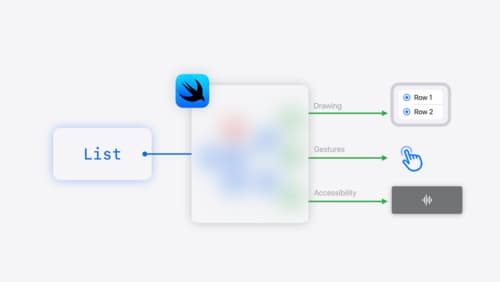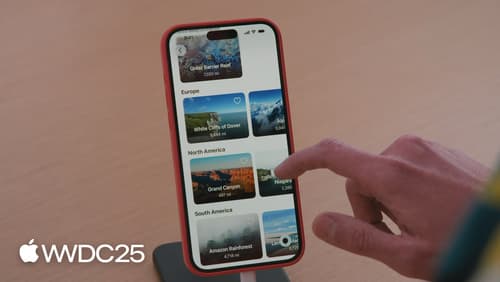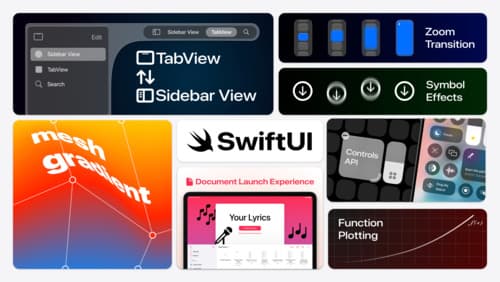What is state in the swiftUI
Asked on 2025-06-16
1 search
In SwiftUI, "state" refers to a way of managing data that can change over time within a view. When you mark a view property as @State, SwiftUI manages the storage of that data and provides it back for the view to read and write. This allows the view to automatically update when the state changes, keeping the UI in sync with the underlying data.
For example, if you have a view that displays a rating, you can use state to keep track of the current rating value. When the user interacts with the UI to change the rating, SwiftUI automatically updates the view to reflect the new state. This is achieved without the need for manual updates or boilerplate code, as SwiftUI handles the updates behind the scenes.
Additionally, SwiftUI provides a concept called "binding," which creates a two-way reference to the state of another view. This allows different views to share and synchronize their state, ensuring that changes in one view are reflected in others.
For more detailed information, you can refer to the SwiftUI essentials session from WWDC 2024.

SwiftUI essentials
Join us on a tour of SwiftUI, Apple’s declarative user interface framework. Learn essential concepts for building apps in SwiftUI, like views, state variables, and layout. Discover the breadth of APIs for building fully featured experiences and crafting unique custom components. Whether you’re brand new to SwiftUI or an experienced developer, you’ll learn how to take advantage of what SwiftUI has to offer when building great apps.

Optimize SwiftUI performance with Instruments
Discover the new SwiftUI instrument. We’ll cover how SwiftUI updates views, how changes in your app’s data affect those updates, and how the new instrument helps you visualize those causes and effects. To get the most out of this session, we recommend being familiar with writing apps in SwiftUI.

What’s new in SwiftUI
Learn how you can use SwiftUI to build great apps for any Apple platform. Explore a fresh new look and feel for tabs and documents on iPadOS. Improve your window management with new windowing APIs, and gain more control over immersive spaces and volumes in your visionOS apps. We’ll also take you through other exciting refinements that help you make expressive charts, customize and layout text, and so much more.
